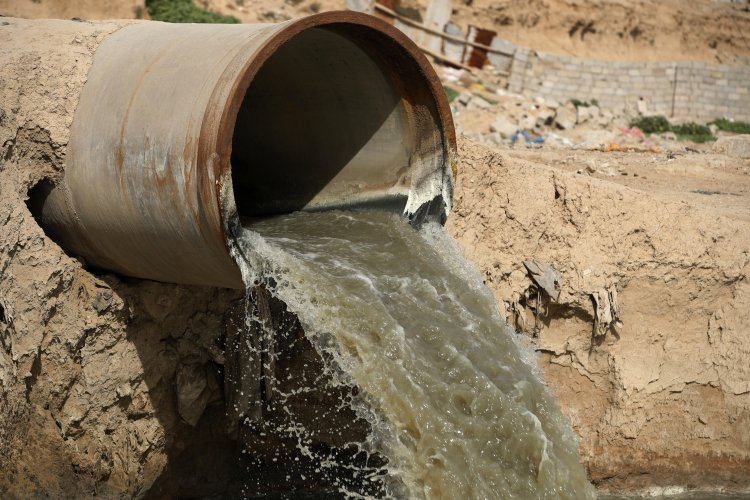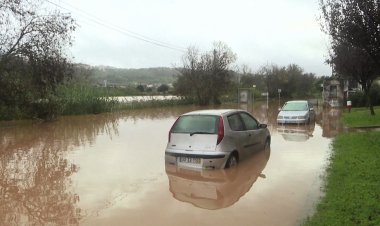Iraq's Water Crisis

In a country where half the population lacks access to safe drinking water, according to UN figures, state institutions are to blame for a man-made disaster which is turning rivers into waste dumps.
"What is strange about water pollution in Iraq is that most government institutions are responsible for it," Khaled Shamal, the ministry of water resources spokesman, said.
He warned that Iraq's sewage network dumps "large quantities" of wastewater into the two major waterways, after superficial treatment or none at all.
"Most hospitals near a river dump their medical waste and sewage straight into it," Shamal added. "It is dangerous and catastrophic."
Dirty and unsafe water is a prime health threat in Iraq, where decades of conflict, mismanagement and corruption have taken a toll on infrastructure, including the water system.
Petrochemical factories, power plants and agricultural drainage that carries fertilizers and other toxins further pollute Iraq's water.
In the country known as "the land of two rivers", water pollution has become so severe that it is now visible to the naked eye.
The treatment facilities were built for a population of three to four million, but at least nine million live in Baghdad today.
But Iraq's government is taking steps to improve water quality, he said.
The government has said it no longer approves projects that could be a source of pollution unless they provide water treatment.
In partnership with UNICEF, Baghdad's Medical City –- a complex of hospitals with 3,000 beds, on the banks of the Tigris –- has recently inaugurated a water treatment plant.
The facility has started operating with three units, each capable of treating 200 cubic meters of waste a day. Four additional units with a capacity of 400 cubic meters each are expected to be completed "within two months".
In addition to "raising awareness" among the population, Iraqi officials say they are closely monitoring wastewater management.















